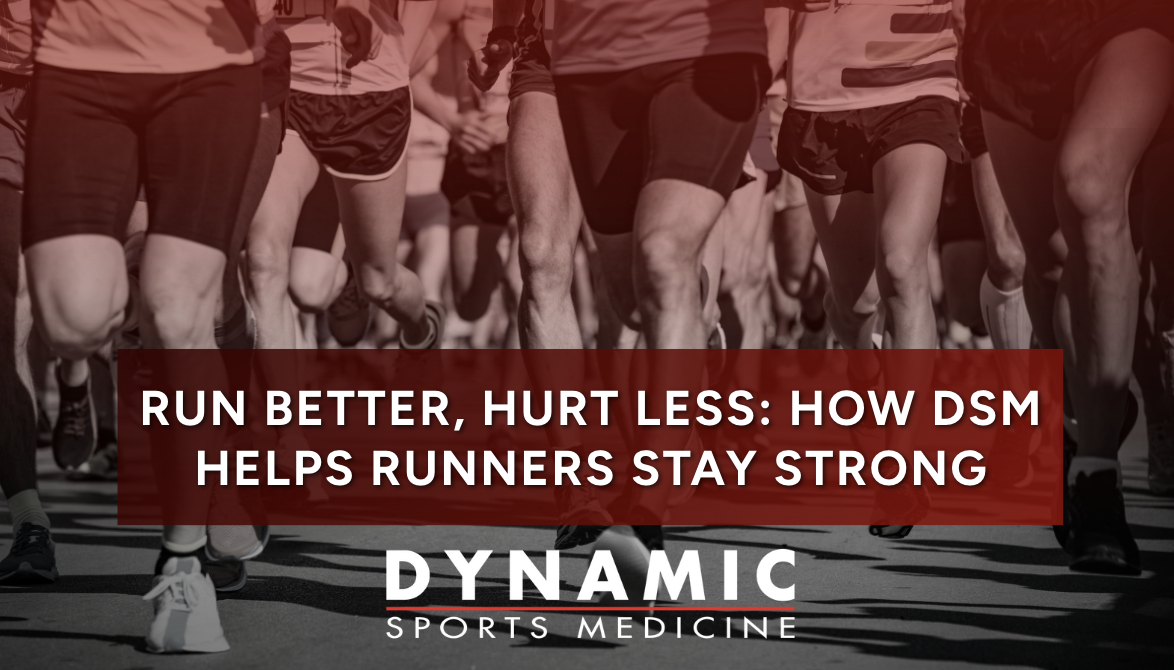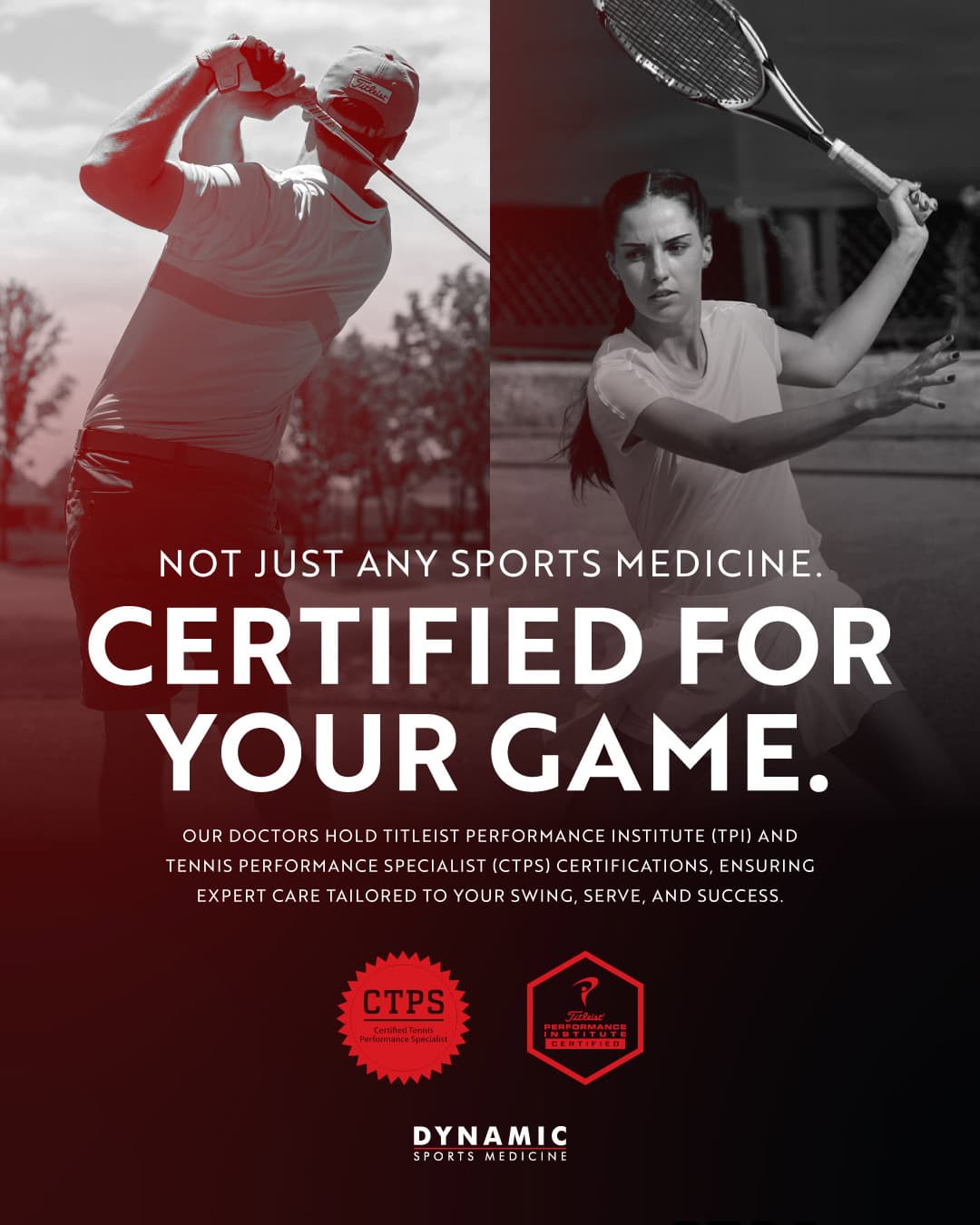As the Covid-19 crisis lingers on and many still find themselves in a working from home (WFH) situation, more people than usual are experiencing back, neck, and shoulder pain or other musculoskeletal discomfort associated with improper home workstations.
Many of these hastily prepared “offices” were intended for short term use and are proving less than ideal for a more permanent set-up.
There are several ways to make your WFH set-up more user friendly, such as:
* Invest in an ergonomic chair, keyboard, and computer monitor to prevent musculoskeletal issues in the back, neck, shoulder, hand, and wrist.
* Make sure your work equipment is placed at the correct height to allow your body to stay in a neutral, relaxed position. Head/eyes should look straight ahead, without necessitating your neck and chin jut down and out; Your chair should offer some lower back support, recline slightly, and allow your feet to rest on the ground; Your wrists should be straight (not bent at an angle) and rest evenly with your keyboard.
* Ensure you have adequate natural lighting if possible, and that frequently used objects are within easy reach.
* Take frequent movement breaks to improve circulation and reduce the likelihood of cramping, and regularly look from the computer to an object further away to help prevent eye strain. Do not remain in a single position until you get uncomfortable.
It can also help to incorporate certain aspects of your athletic training into your WFH routine.
Achieving Muscle Balance in your WFH Setting
More frequently used muscles naturally tend to be stronger, while the opposing muscle groups tend to lengthen. This can create a significant imbalance. We see this frequently in patients who focus on abdominal muscles while neglecting the lower back, biceps at the expense of triceps, or quadriceps while ignoring their hamstrings. It’s often unintentional, but can lead to some pretty serious imbalances, misalignments, and pain. Optimal performance requires strength and flexibility.
Good muscle balance can help prevent and alleviate workstation-related aches and pains by improving posture and reducing strain.
Sitting in a hunched over, or slouched, position for long periods can lead to shortened pectoral muscles and a lengthening of the opposing rhomboids, and, eventually, upper back pain.
Stretching out the pecs and front side of the neck, while strengthening and tightening up your rhomboids will keep your shoulders from rounding forward.
Jutting your chin out and away from the body to adequately see your screen causes the muscles at the front of your neck to become stretched to the point that you assume a chin-forward position even when not working. Intentionally strengthening these muscles, known as the SCM muscles, can counteract that tendency.
When hands and wrists don’t have adequate support, strain on the tendons can result in wrist and forearm pain, and even carpal tunnel syndrome. Stretching of the wrists and hands, shaking them loosely and wiggling the fingers regularly can help, as can massaging the tendons in the forearm.
We routinely help patients improve muscle balance by strengthening their weaker muscles and improving flexibility in the stronger ones. If you are experiencing increased aches and pains from working at home, talk to us about achieving proper body alignment and muscle balance to eliminate workstation discomfort.


